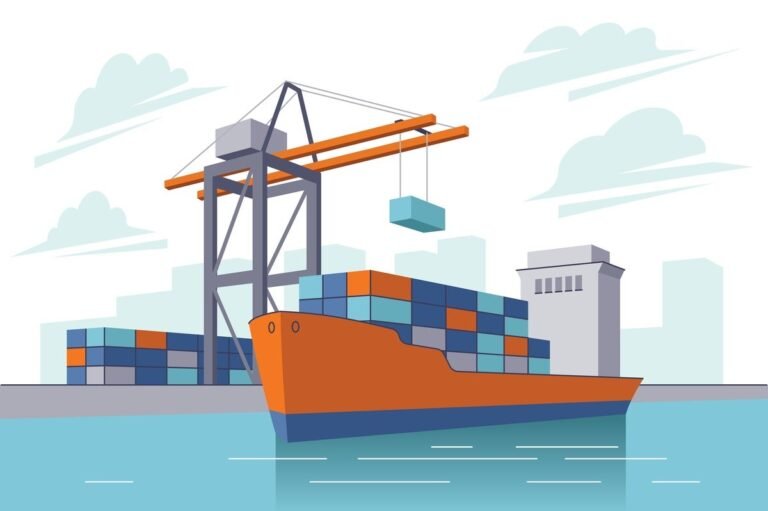The port industry is at a pivotal moment. Vast global trade volumes – a staggering 12.35 billion tonnes handled globally in 2024 – are placing immense pressure on operations. Compounding this, inflationary pressures and labour shortages are intensifying the need for cost-effective solutions that can increase resilience and reduce risk.
Automation within ports has long been recognised as key to addressing these challenges. The next leap forward lies in advanced autonomous vehicle technology that moves beyond the constraints of Automated Guided Vehicles (AGVs).
This is where Industrial Mobility Automation (IMA) comes in. A broader category that encompasses autonomous vehicles and intelligent systems for optimising industrial and operational workflows, it enables the automation of the billions of processes that involve driving, with an estimated market of $2trn.
The next big step: a transition from AGVs to autonomous vehicles
For ports, autonomous vehicles hold the key to supercharging efficiency, enhancing safety, and driving resilience within global commerce. By deploying autonomous solutions tailored for port operations, we can redefine operational paradigms and unlock unprecedented potential for the maritime sector.
Ports represent ideal environments for the successful deployment of autonomous vehicles. For many years, AGVs have played a vital role in streamlining container movement within port terminals.
However, their operational scope and flexibility are inherently limited by their requirement for fixed infrastructure within fenced areas, away from human operations.
Advanced autonomous vehicle technology offers an advantage, enabling terminal tractors to navigate complex, dynamic port environments, including operating safely in mixed traffic scenarios on shared roadways. This capability redefines what’s possible in port automation now and well into the future.
The case for autonomy
The benefits of autonomous vehicles help port operators answer some of the most pressing challenges they are facing today. The enhanced operational flexibility offered by autonomous vehicles represents a significant evolution in port logistics.
Unlike AGVs, autonomous vehicles adapt dynamically to evolving demands across the entire port, not just within the confines of fenced AGV zones. This adaptability allows for a more fluid and responsive operation, enabling resources to be deployed precisely where and when they are needed, ultimately boosting efficiency.
Being able to operate in mixed traffic areas eliminates the bottlenecks often associated with transferring cargo between fenced AGV zones and other port areas. Delays are also reduced through intelligent navigation and real-time decision-making that minimise congestion and streamline the movement of goods across the port. This leads to faster turnaround times and reduces the likelihood of penalties.
Another area where autonomous vehicles can lead to improvements is in safety. Advanced sensor suites and sophisticated AI algorithms enable them to perceive and intelligently react to pedestrians, other vehicles (manned and unmanned), and obstacles.
Lastly, while AGVs often require significant infrastructure investment, autonomous vehicles can operate within existing port layouts, minimising disruption and maximising return on investment.
Ports and autonomy: a perfect match
The use of autonomous vehicles in ports is already a reality. The Port of Rotterdam, handling a staggering 14 million TEU and 436 million tonnes of cargo annually, has long integrated automation into its landside container movement operations. It is now embracing autonomous vehicle technology, with autonomous terminal tractors driven by Oxa’s self-driving software already running in the port.
The compatibility of autonomous vehicle technology and port operations is clear. While overhauling existing operations represents a significant capital undertaking for port operators, the benefits of autonomous solutions are compelling from day one. Beyond immediate operational relief, autonomy offers long-term and wide-reaching advantages with the potential to reshape global trade.
Industrial Mobility Automation using autonomous vehicles is not a futuristic concept, but a present-day necessity for ports navigating the complexities of global trade. It is the pathway to building a more efficient, safe, and sustainable future for maritime logistics.

